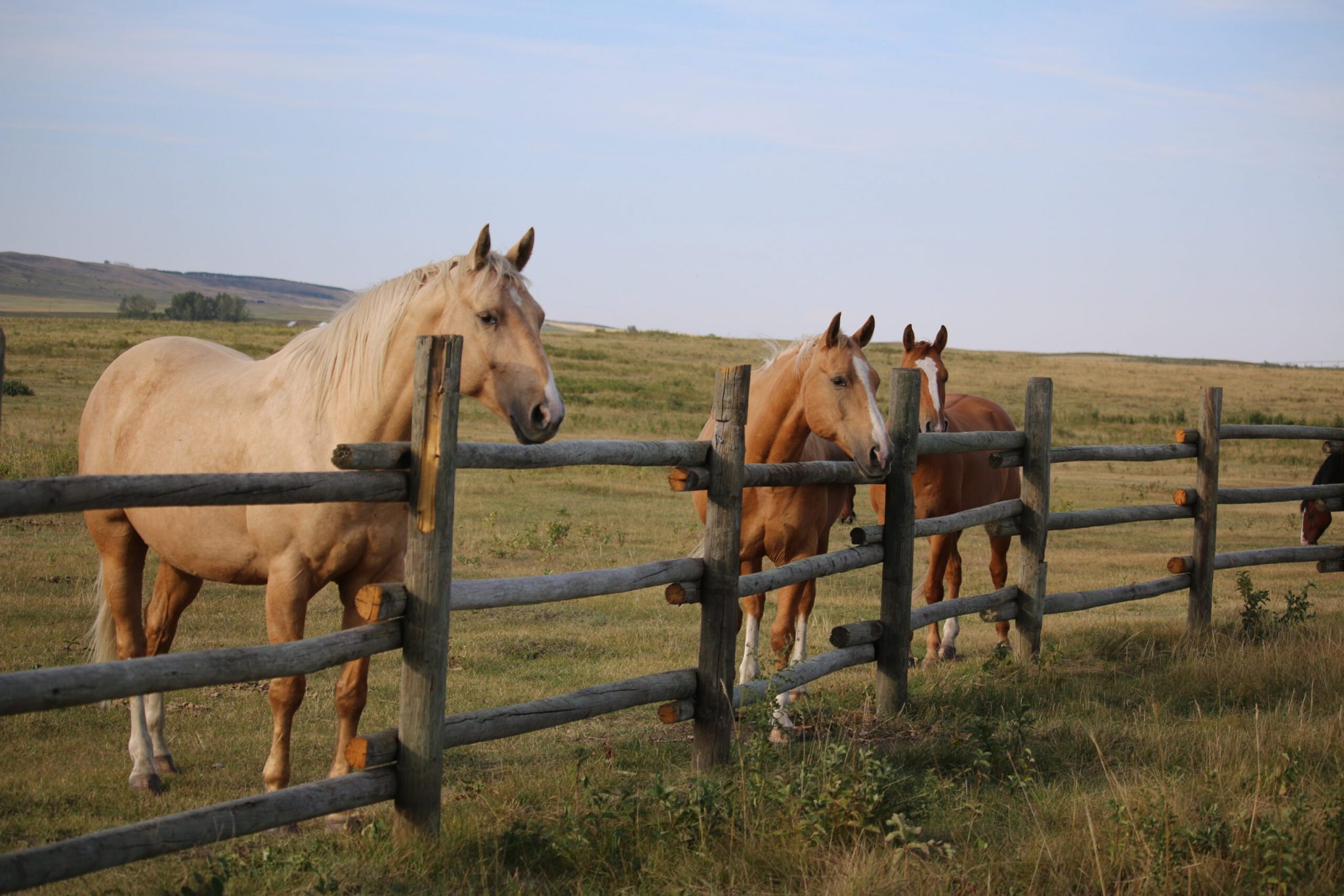This article is part of our Equine Fencing Awareness Campaign, brought to you by Bekaert Fencing.
From inspecting for broken boards to checking posts are still anchored securely into the ground, there are plenty of steps you can take to ensure your horse fence is up-to-scratch.
In this article, we’ll look at all aspects of maintaining a horse fence – from top to bottom – so that you know exactly what needs doing when it comes time for upkeep. So, saddle up and let’s get started!
Wooden Fences
Maintaining a wooden horse fence is an important part of keeping your horse safe and secure. Wooden fences are an attractive option, but they require regular inspection and upkeep to ensure they’re in good condition.
First and foremost, you should regularly inspect your fence for signs of damage or deterioration. Look out for broken boards, warped planks, and rotten posts. Make sure to repair any issues as soon as possible. Pay extra attention to any area where horses may have been rubbing or pushing against the fence. These areas are usually more prone to wear-and-tear. If you have a split-rail fence, check for rotting posts where the rails rest on top.

In addition to inspecting for signs of damage, it’s also important to make sure that your fence posts are still well-anchored in the ground. Over time, posts can become loose and need to be re-secured with concrete or additional supporting material. If you notice any posts leaning or wobbling, take the time to secure them in place as soon as possible.
Don’t disregard the paint or stain on your fence. Wooden fences require occasional repainting and staining to protect them from the elements and keep them looking their best. If you’re not sure what type of paint or stain is best for your particular fence, ask a local hardware store for advice.
PVC Fences
If you opted for PVC fence, you have chosen a low-maintenance option. It might have been pricier up front, but PVC fences typically last for years, with minimal upkeep. One of the biggest issues with PVC fencing is cracking, which can happen with age or harsh elements.
Your best bet to maintain your PVC fence is to keep it clean and free from mud, mildew, and other residue. Check fastenings and attachments for stability, and keep a watchful eye for cracking.
Wire Fences
One of the largest issues with wire fencing is that if not properly stretched, it can sag, posing a safety hazard to your horse. Check your wire fence line for signs of sagging or loose wires, and repair immediately. Horses pushing over the top of the fence can cause sagging, as can buildup of weeds or tumbleweeds that get caught along the fence line. Opt for a fence stretcher to tighten a loose wire fence. This will allow you to pull it tighter than you can by hand.
Regularly trimming or clearing vegetation and debris from your fence line can help cut down on your upkeep. Removing overgrown weeds and trash from your fence line not only helps protect your wire fence from sagging, but improves the aesthetic of your property, and removes potential safety hazard from within your horse’s reach. Consider seasonal changes and adjust your maintenance accordingly. For example, during winter, remove snow accumulation from the fence to prevent additional stress on the wires. In areas prone to freezing temperatures, inspect for ice buildup that could weaken the fence structure.

Other Handy Fencing Reminders
Ground Clearance: It’s important to maintain a clear space around the perimeter of your horse fence. Ensure that the ground is level and free of debris, rocks, or vegetation that could weaken or damage the fence structure.
Check Soil Stability: The stability of the soil is crucial to maintain the stability of your horse fence. Soil erosion, sinking, or shifting can cause fence posts to lean or sink, which can compromise the entire fence line’s integrity. Regularly check the soil stability and reinforce the fence posts as needed.
Maintain Electric Fencing: If you use electric fencing, it’s crucial to maintain it properly to ensure its effectiveness. Regularly check the voltage of the electric fence to ensure that it’s delivering a sufficient shock to deter horses from pushing or leaning on it. Also, inspect the wiring, connectors, and grounding rods to ensure that they are secure and functioning correctly.
Provide Adequate Drainage: Proper drainage is essential to maintain the stability and durability of your horse fence. Water accumulation can cause soil erosion, rot wooden posts, or rust metal wires. Ensure that the fence line has adequate drainage to prevent water accumulation or pooling.
Rotate Pastures: If you have multiple pastures or paddocks, consider rotating your horses between them. Allowing a pasture to rest periodically can help reduce soil compaction and prevent overgrazing, which can put pressure on the fence line.






